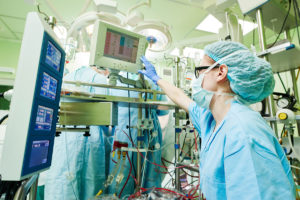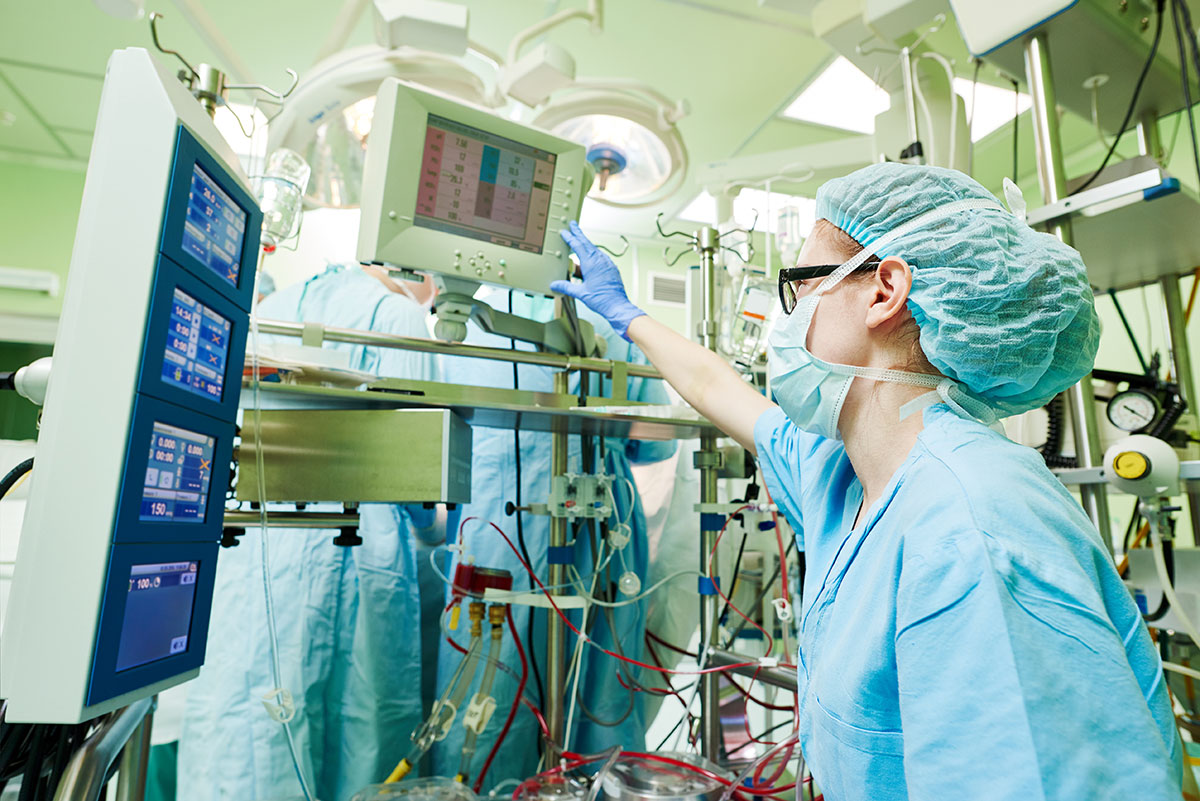Disclaimer: The information on our website is provided for general information purposes only. We make no representations or warranties of any kind, express or implied, about the completeness, accuracy, reliability, suitability or availability with respect to the website or the information contained on our website for any purpose. Any reliance on such information is therefore strictly at your own risk and we are not liable for any damages or losses arising out of or resulting from your reliance on any information contained on our website.
A cardiac perfusionist sustains a person’s life when their heart has stopped beating, like in a heart operation. Along with other skills, the perfusionist operates a heart-lung machine that maintains a patient’s life during open-heart surgery. They also use devices that help a failing heart stay alive while a patient is waiting for surgery. This occupation is a mix of electronics and cardiac care. The following video highlights what a perfusionist does:
How to Become One

If you are interested in this career field but don’t know what to do to get there, keep reading. There are over 20 schools in the United States with programs. These programs may vary in entry requirements and length and award different credentials upon completion. Some programs only require 60-80 semester hours of college credits, including prerequisite science courses. Others cardiac perfusionist programs want a bachelor’s degree with similar classes. If you have yet to graduate high school and think you are interested in this field, start taking science, biology, chemistry, and electronics classes if offered at your school.
Some people may earn a combination of education and experience in a health-related job, like nursing or paramedics. Most perfusion programs are 20-24 months of study. Graduates from these programs may get a bachelor’s or master’s degree, or Certificate in perfusion science. The students in these programs receive extensive hands-on experience with lectures and learn to operate a heart-lung machine and related devices. The American Board of Cardiovascular Perfusion administers the written exam that awards a professional certification and requires continuing education credits and working on at least 40 cases per year to renew. Some States give a license, but that depends on a Board Certification.
Job Description
Cardiac perfusionists go into the hospital before a patient’s heart surgery to collect the necessary equipment, like the heart machine, and ensure it is set up properly. After the surgeon has prepared the patient for the procedure, the patient is administered a drug that stops the heart. The cardiac perfusionist then monitors the heart-lung machine while it pulls the blood from the patient, adds oxygen, removes carbon dioxide, and returns the blood into circulation. This is where the perfusionist’s job can be highly critical. Perfusionists must be alert and on the look out to notice small changes in the patient’s status and stay calm in stressful situations.
Cardiac perfusionists work closely with other medical professionals, like surgeons, nurses, and technicians. Some perfusionists become experts in pacing technology that help restart a patient’s heart after the surgery. They are trained professionals in stabilizing an irregular heart rhythm using defibrillating devices or electrical pacemakers. This career can have various working hours and most of those will be in a hospital.
Benefits
Cardiac perfusionists find immense satisfaction in their work, knowing they play a vital role in saving lives and taking pride in their contribution. Collaborating with like-minded professionals and witnessing the tangible impact of their efforts adds to the job’s rewards. The profession boasts ample job opportunities due to a shortage of professionals, offering excellent job security and competitive salaries. Education costs are relatively low, with only two years of training required after obtaining a degree. Moreover, cardiac perfusionists can leverage their skills to pursue other careers in the medical field, such as becoming doctors. The job remains consistently engaging, with each patient case presenting unique challenges. In addition to fulfilling work, cardiac perfusionists typically receive benefits like health, eye, and dental insurance, along with sick leave, paid vacation, and retirement options. Some employers even offer tuition assistance or forgiveness, making it an attractive career choice.

